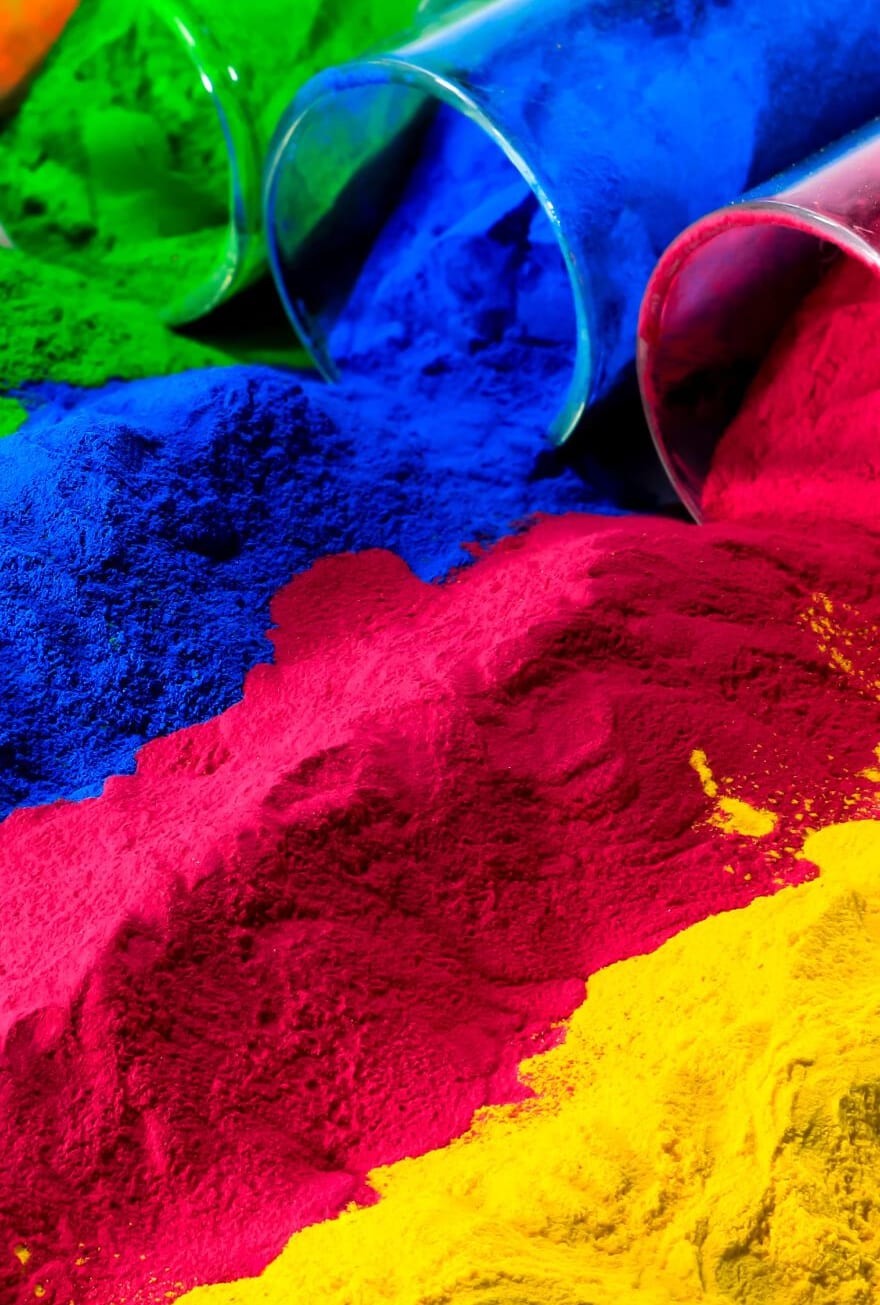Knowde Enhanced TDS
Identification & Functionality
- Pigment Type
- CASE Ingredients Functions
- Technologies
Features & Benefits
- Labeling Claims
- CASE Ingredients Features
- Product Highlights
Day-Glo Color Corp., the industry leader in fluorescent technologies introduces its latest product innovation.
ECO Pigments are the first formaldehyde-free pigments to attain the color brilliance and stability offered by traditional formaldehyde containing products with the added benefit
of being produced using recycled materials. Uncompromising performance and earthfriendly materials that:- Reduce the volume of plastic waste disposed in landfills
- Conserve energy and natural resources
- Eliminates many “Chemicals of Concern “
DayGlo ECO Pigments are thermoplastic fluorescent pigments that are recommended for a wide range of applications where resistance to strong solvents is not required. They perform well in a system based on aliphatic and aromatic hydrocarbons. They are also suitable for aqueous systems. ECO Pigments can be used in applications such as paper coatings, textile printing, A-type gravure inks, craft and hobby paints, and vinyl plastisols
- Benefits
ECO Pigments offer uncompromising performance in earth-friendly products that are free of the following chemicals.
- Formaldehyde
- Azo Compounds
- Aromatic Amines
- Bisphenol A (BPA)
- SVHC Chemicals
- Heavy Metals
- Perfluorooctanoic Acid
- Regulated Phthalates
- Polyaromatic Hydrocarbons
- Features
ECO Pigments also have the following characteristics
- Oeko-Tex 100 compliant
- CONEG compliant
- EN-71 compliant
- GOTS 4.0 compliant
- Non-Toxic
- REACH compliant
- RoHS compliant
Applications & Uses
- Applications
- Compatible Polymers & Resins
- Coating Type
- Ink & Toner Type
Properties
- Color
- Typical Properties
| Value | Units | Test Method / Conditions | |
| Apparent Density (at 23 lbs./cu. ft.) | 0.37 | g/ml | — |
| Density | 1.2 | g/ml | — |
| Mean Particle Size | 4.5 | microns | — |
| Melting Range | 145-150 (284-302) | °C (°F) | — |
| Oil Absorption (oil/100 gram pigment) | 80 | gram | — |
| Tg | 120 (248) | °C (°F) | — |
Regulatory & Compliance
- Certifications & Compliance
- Chemical Inventories
Technical Details & Test Data
- Lightfastness
Higher pigment concentrations generally produce films with improved lightfastness. Plasticizers, stabilizers, and other additives can also influence the lightfastness of fluorescent pigments. The following table gives the recommended percentage of pigment for optimum color and light stability with respect to film thickness.
Wet Film Thickness:
Film Tickness Pigment Loading 3-5 mil (75-125 microns) 20-35% 10 mil (250 microns) 10-20% 20 mil (500 microns) 7-15% 40 mil (1,000+ microns) 2-8%

